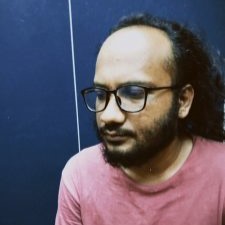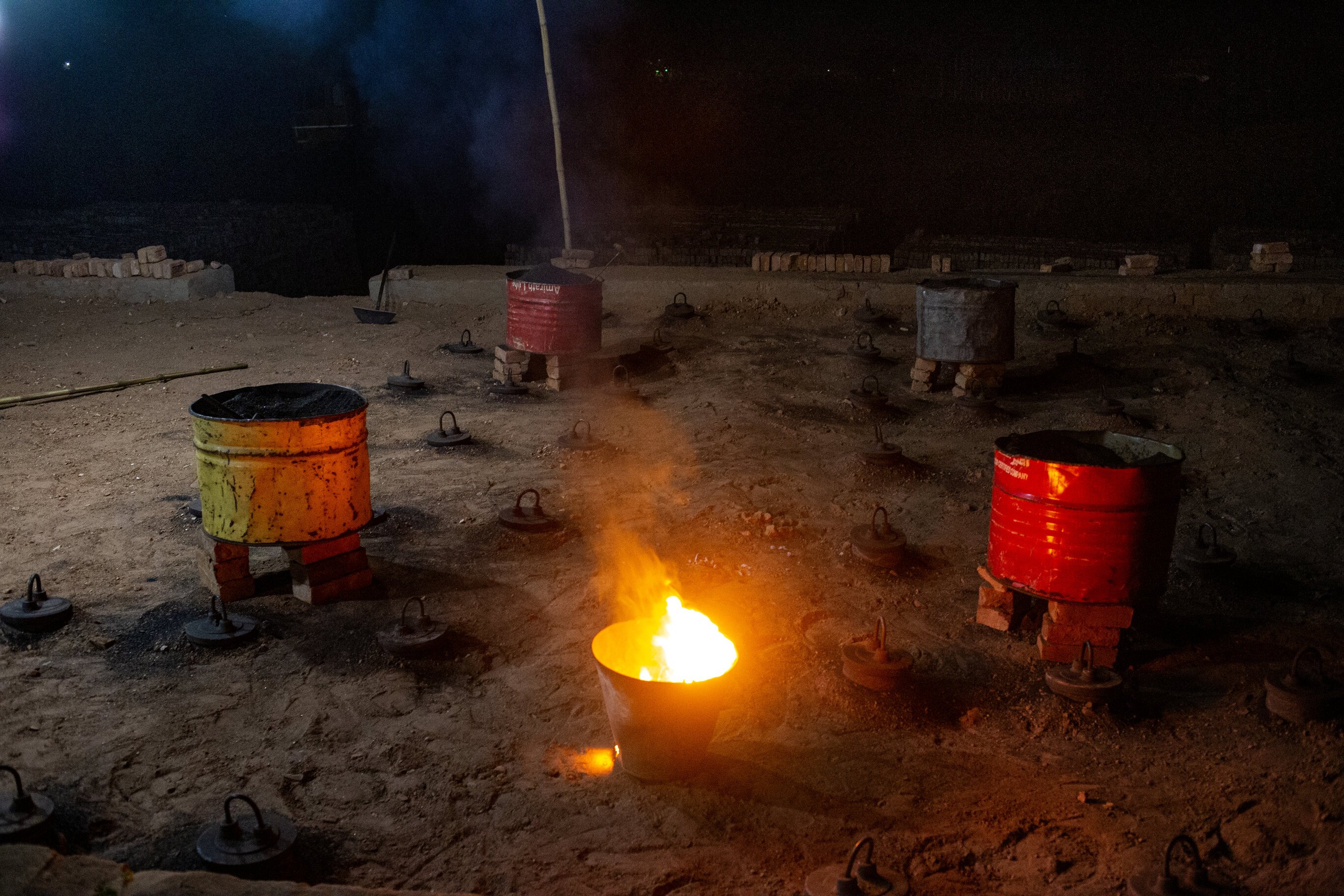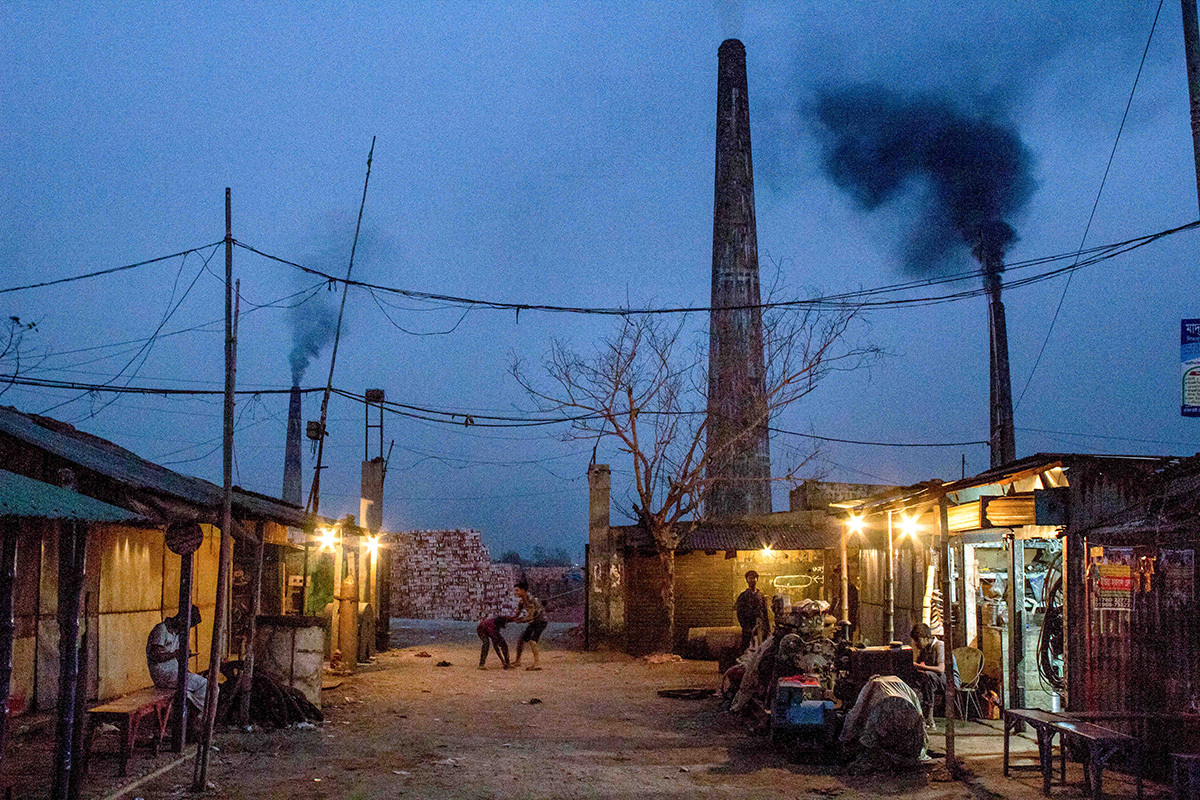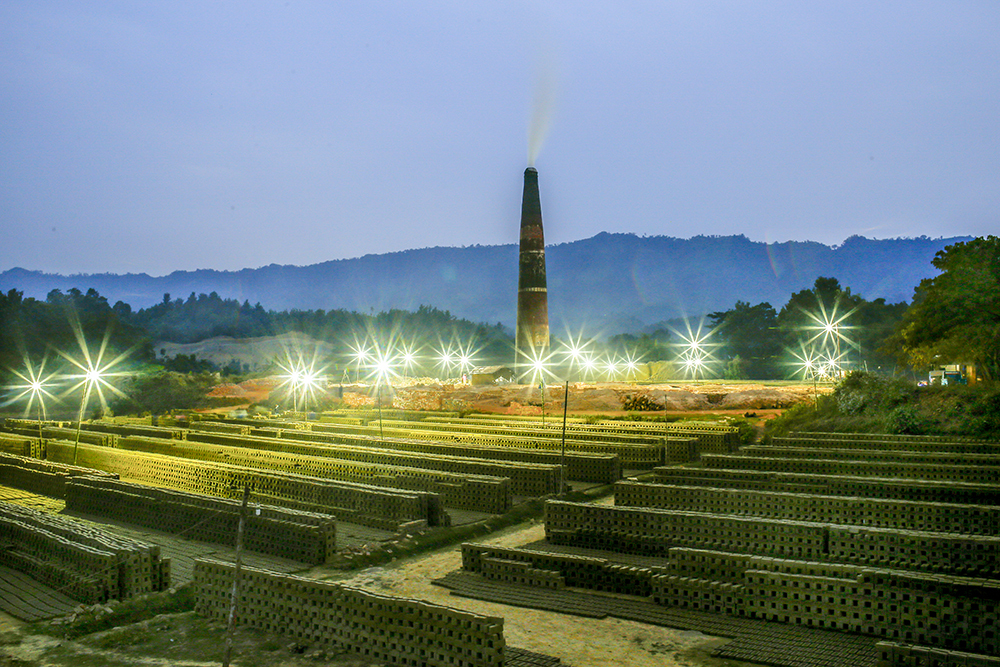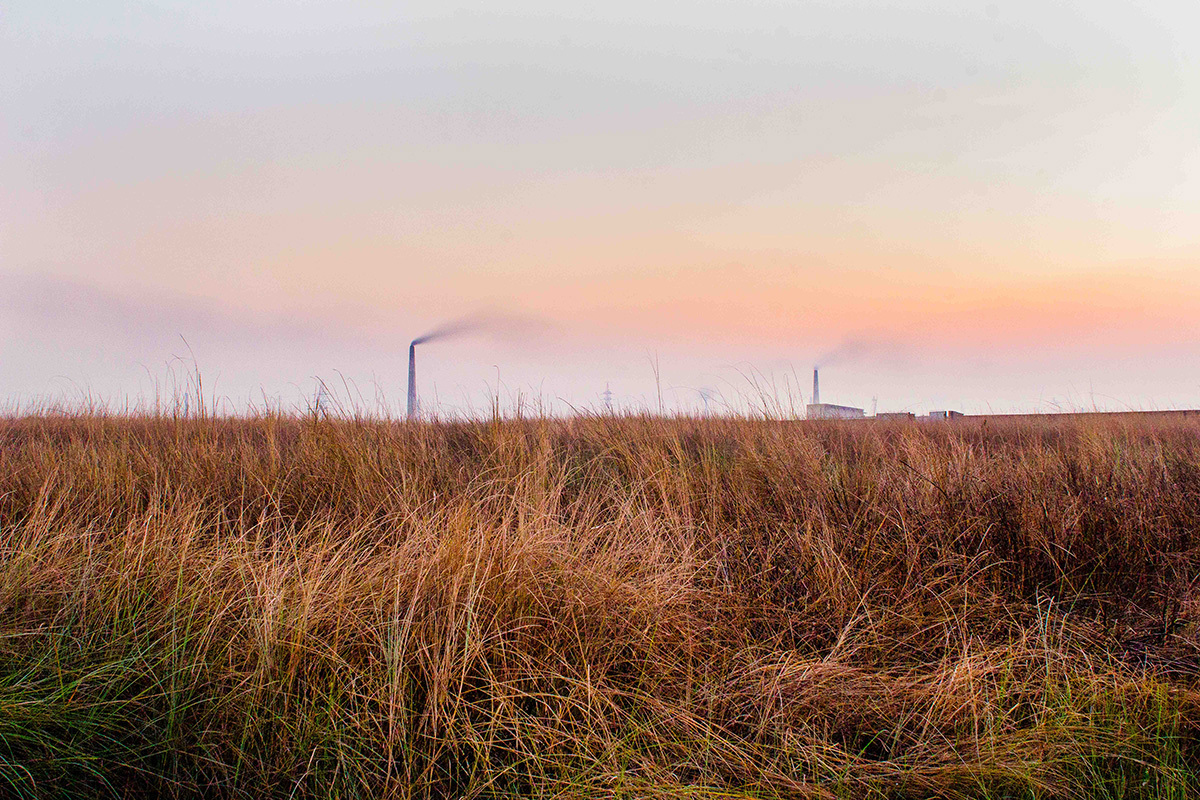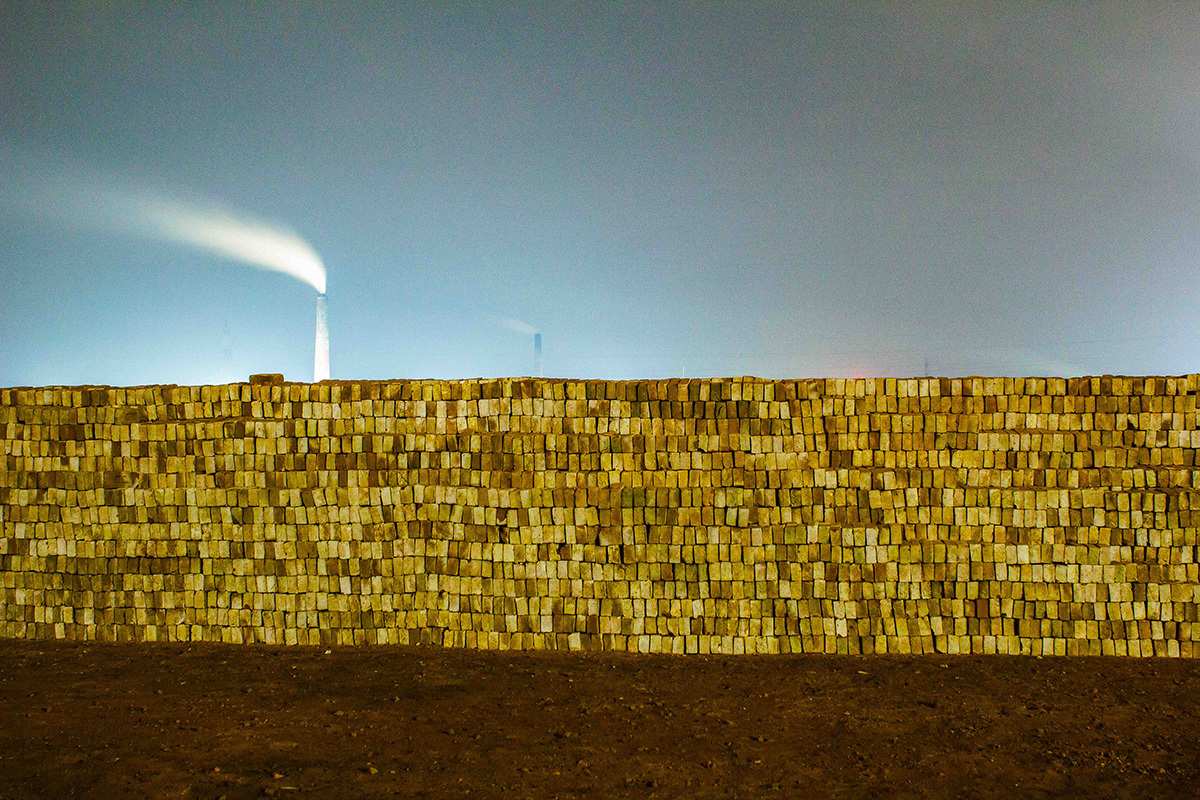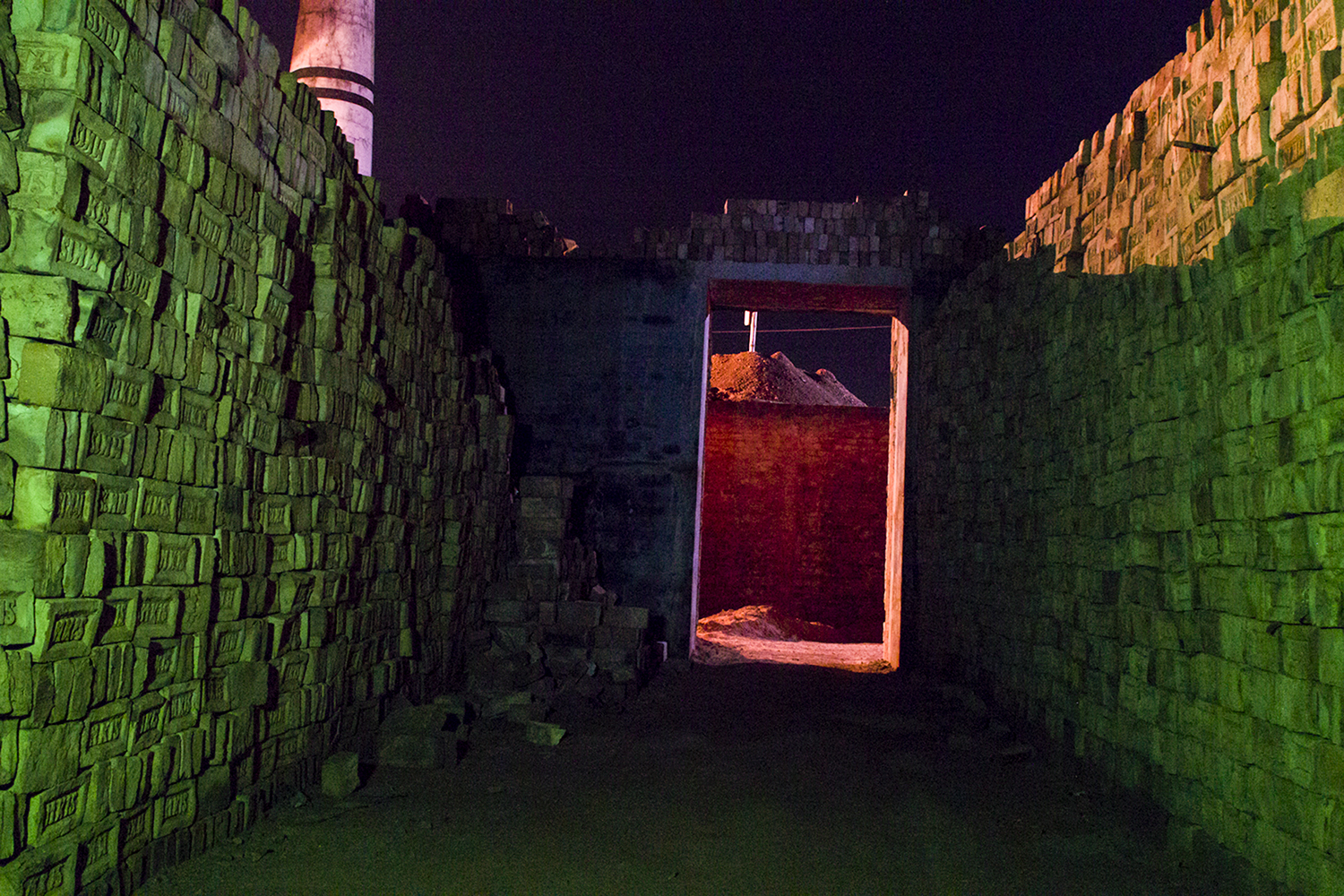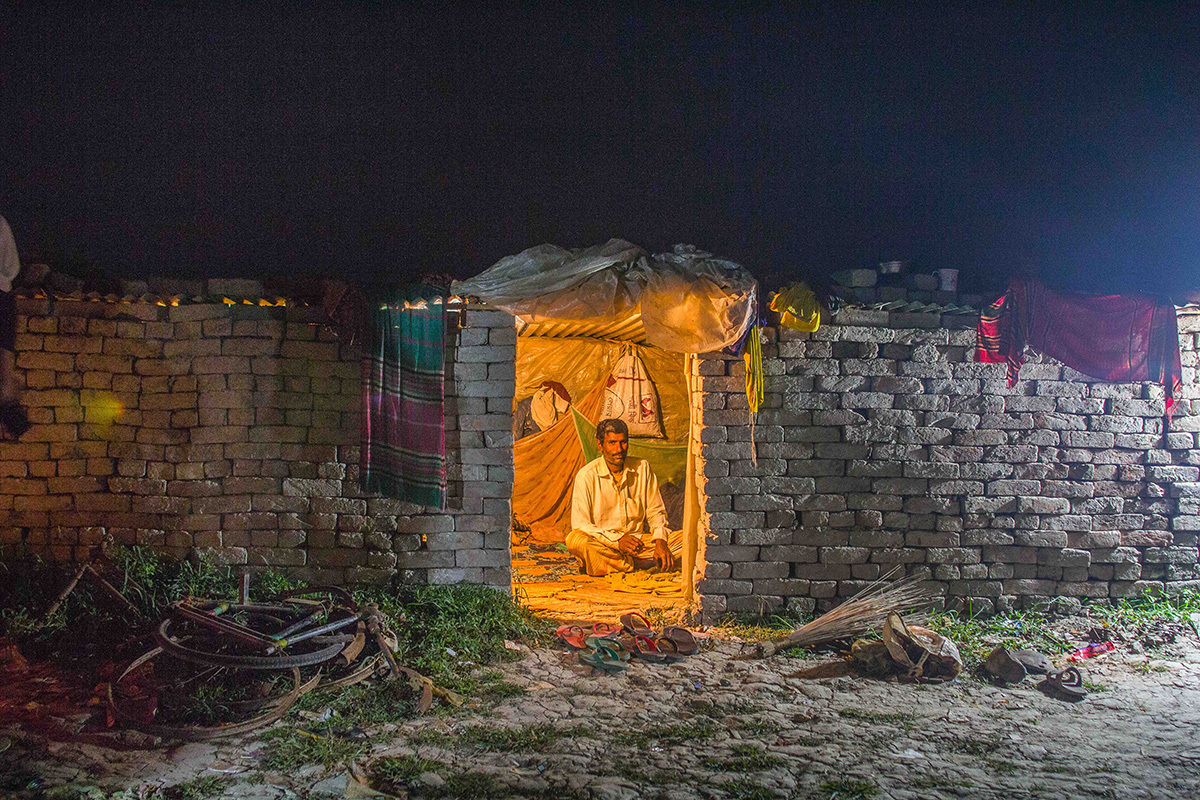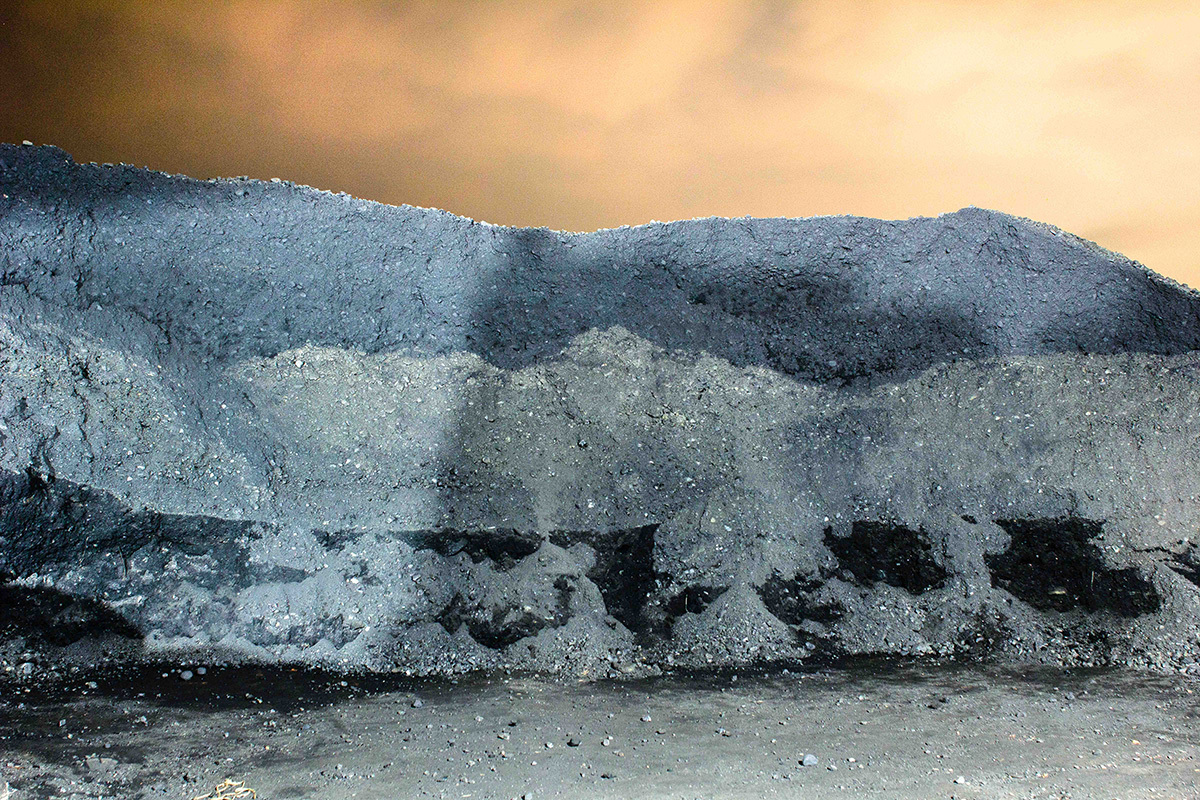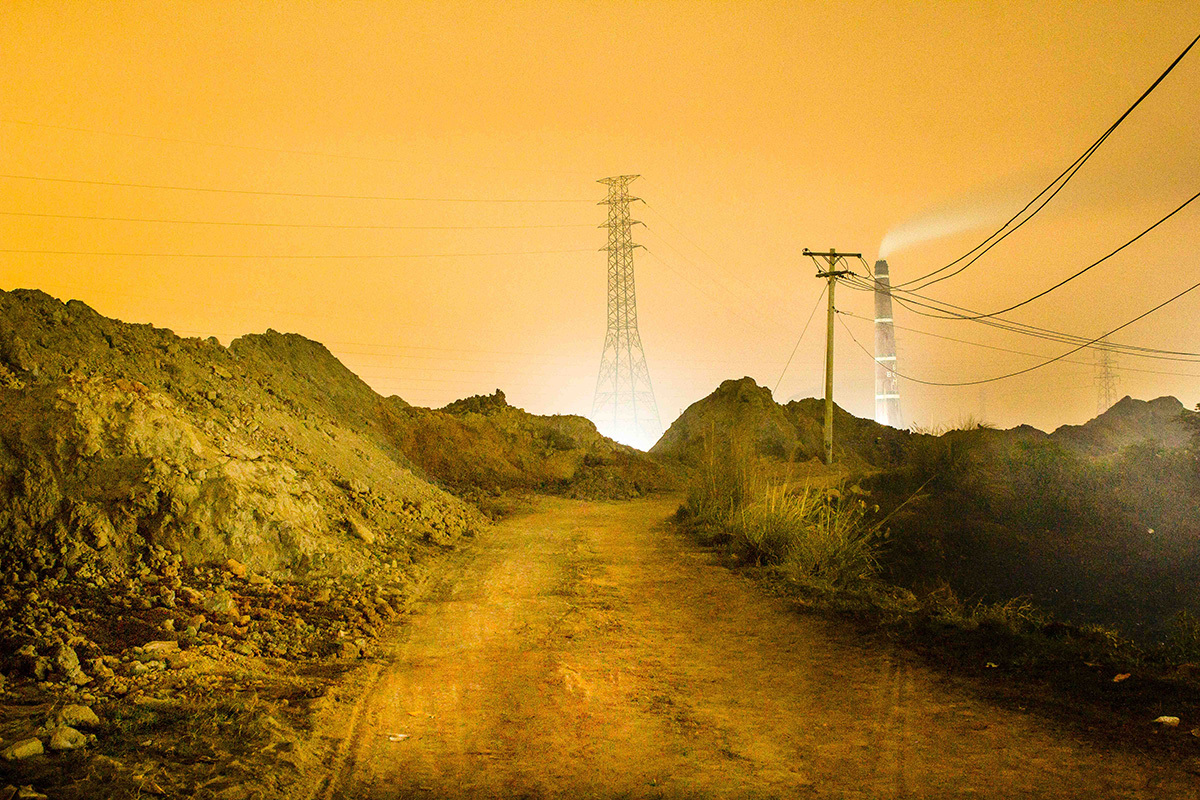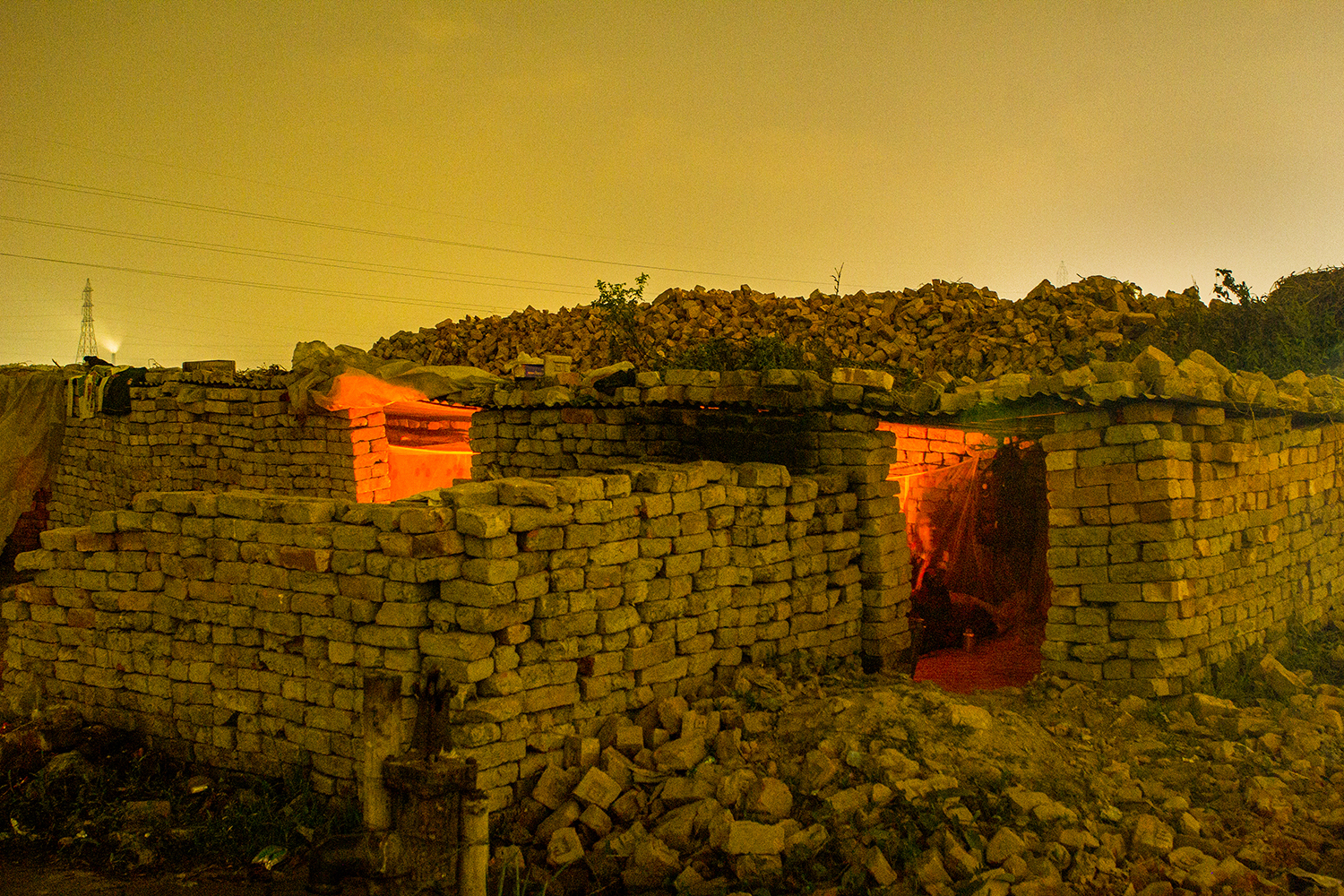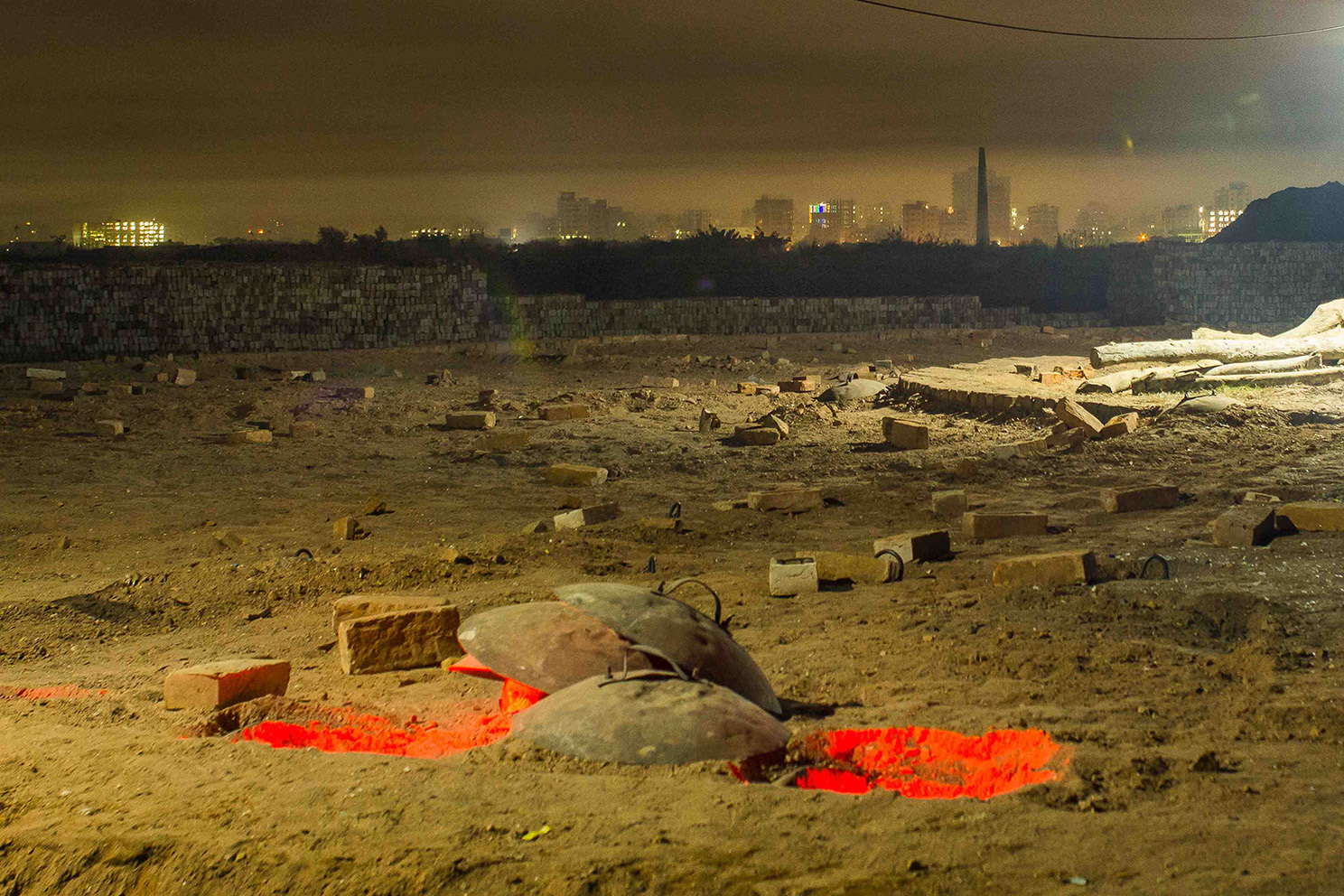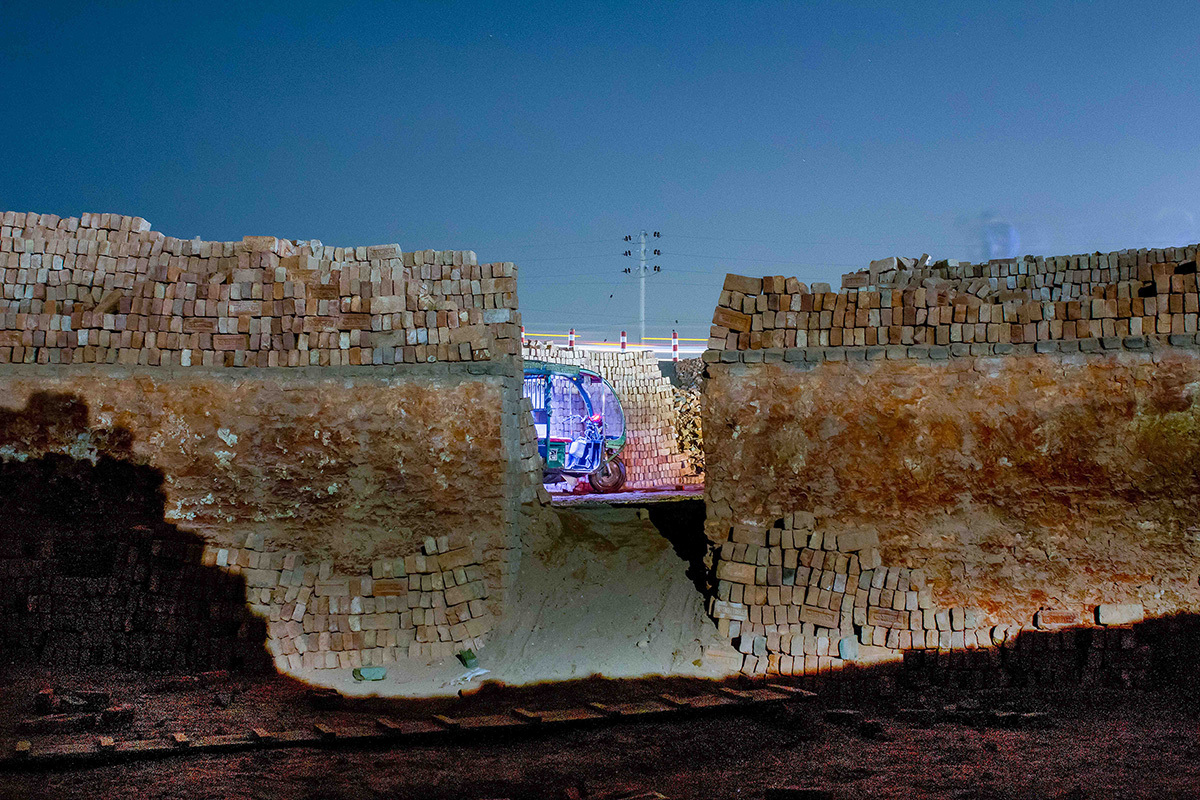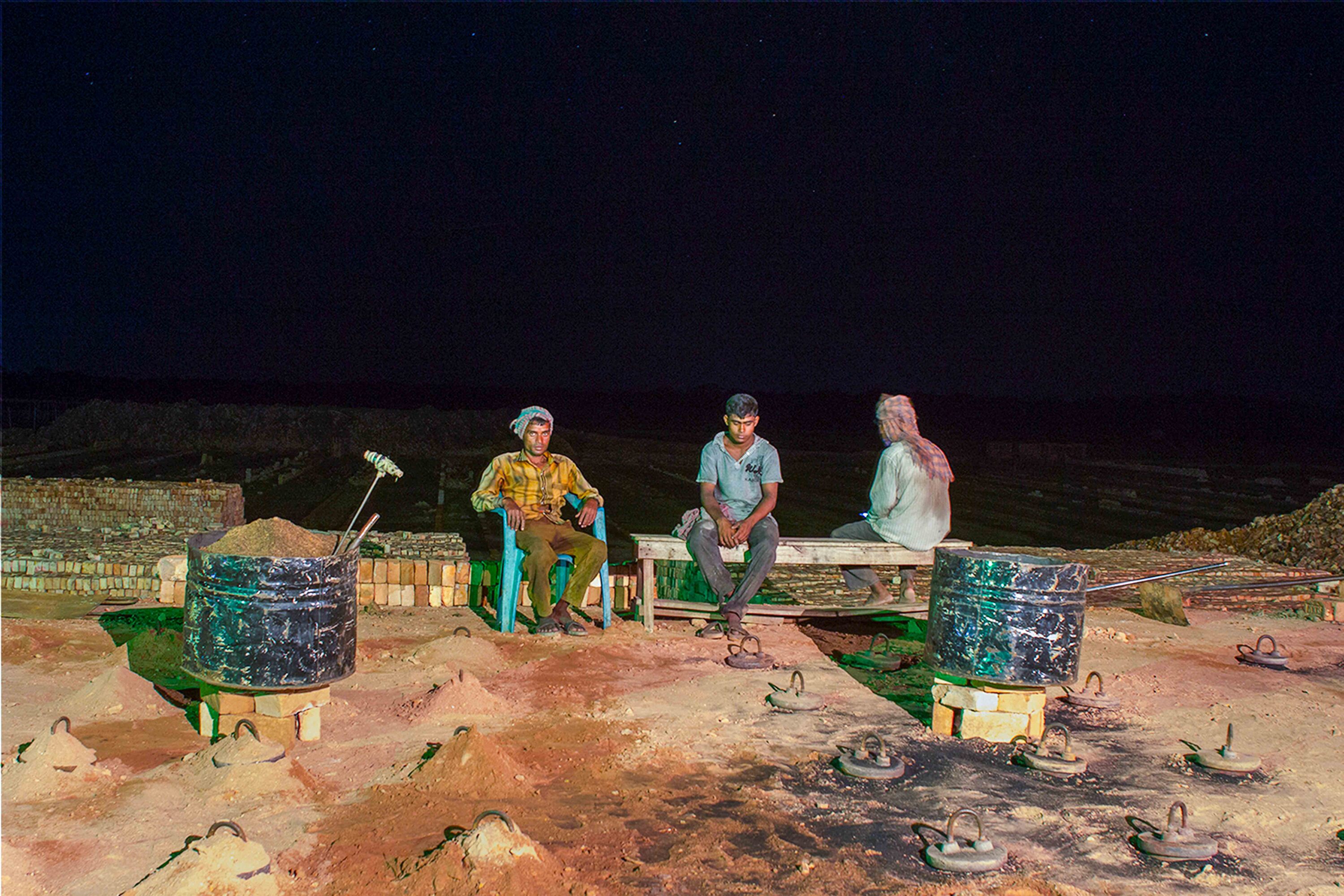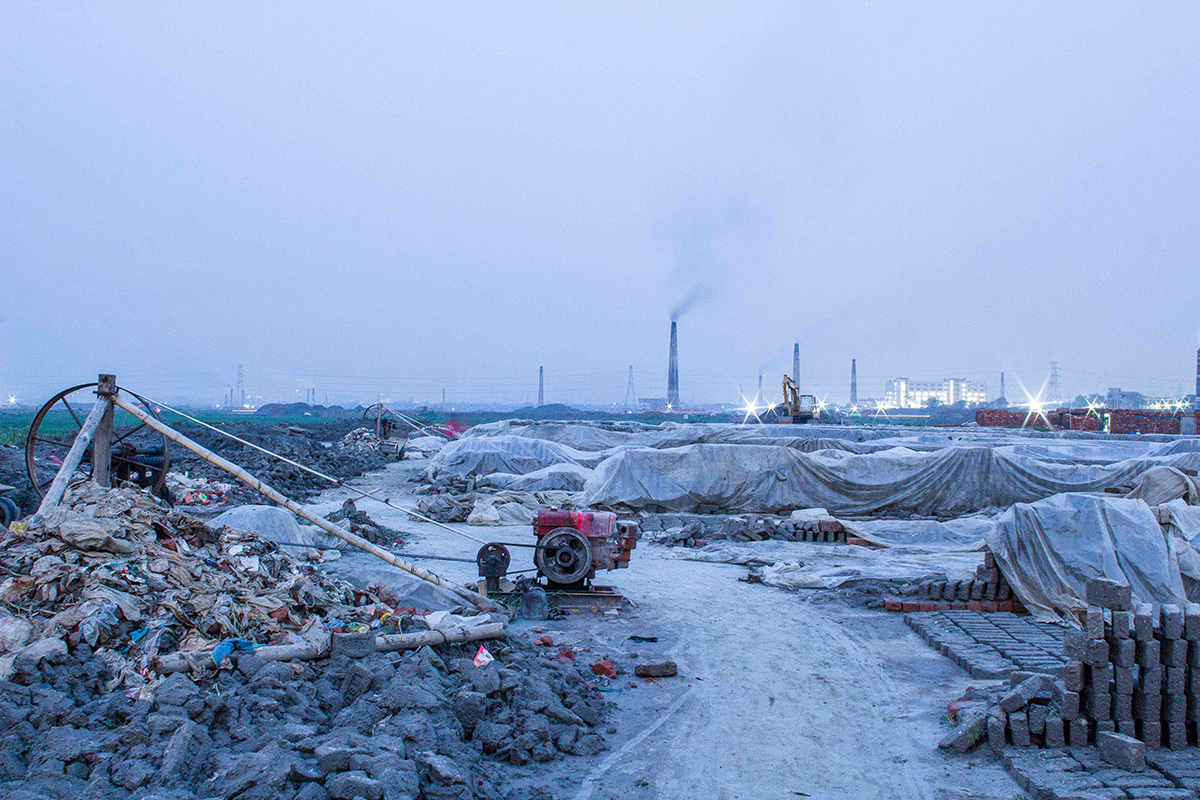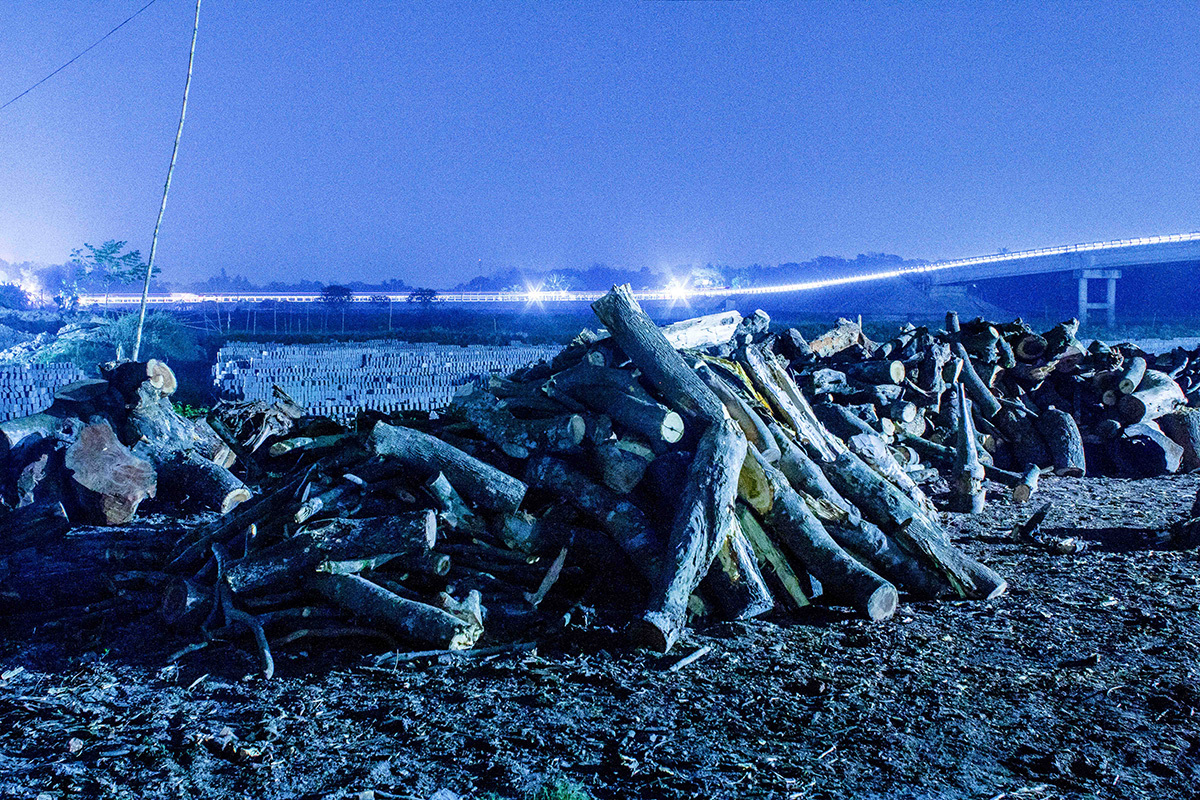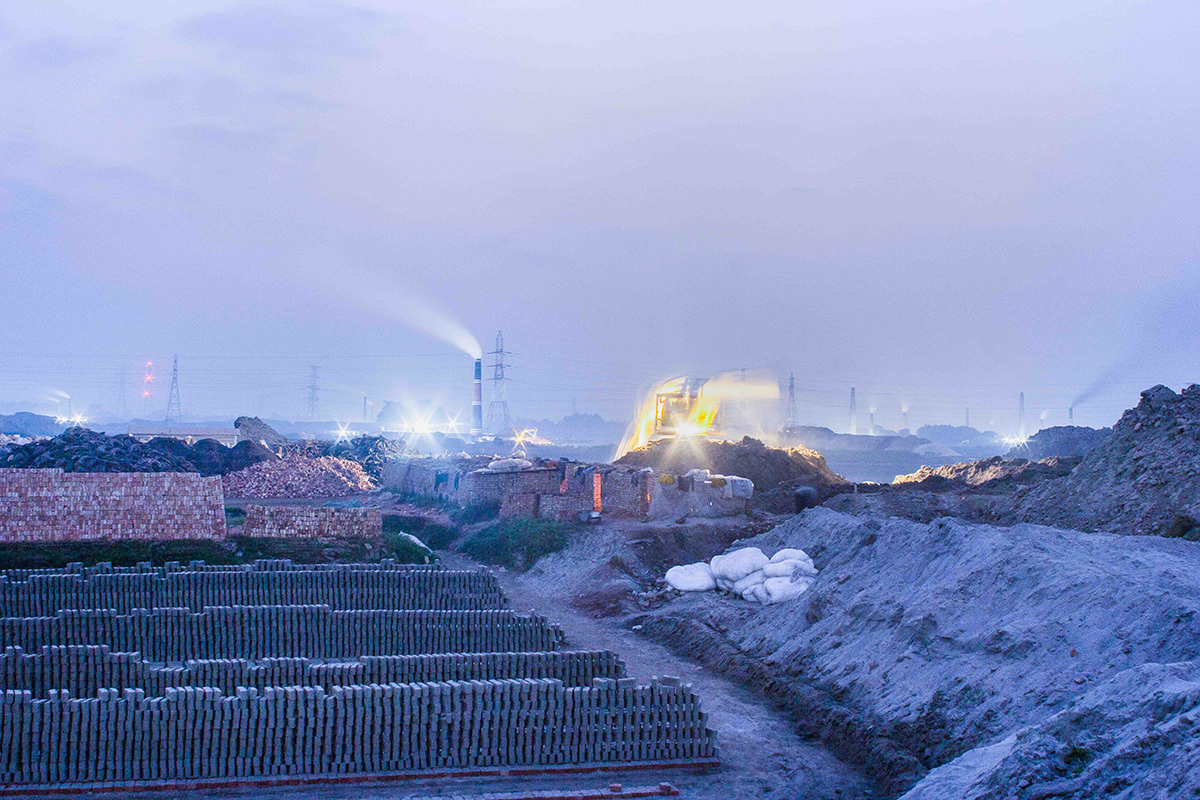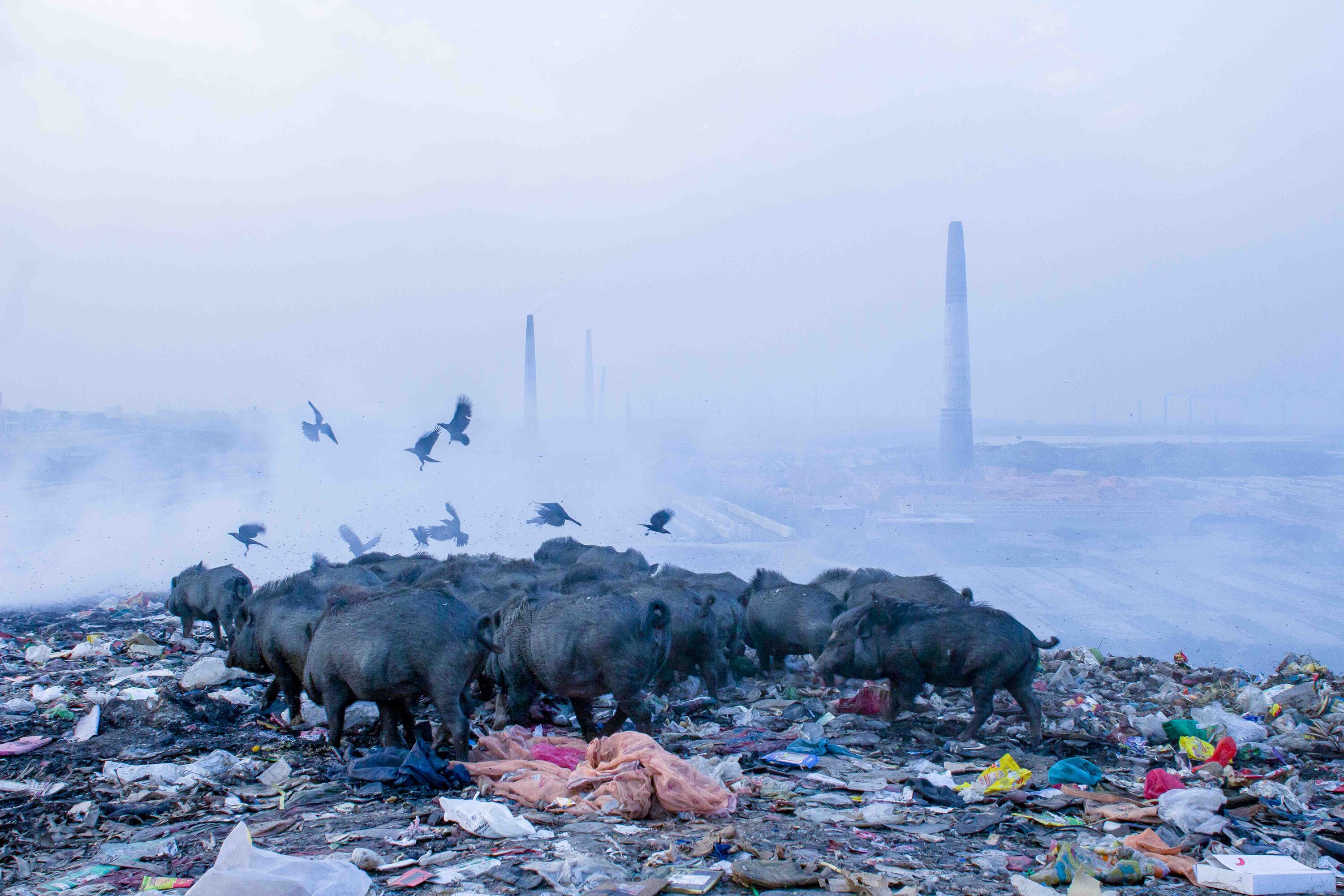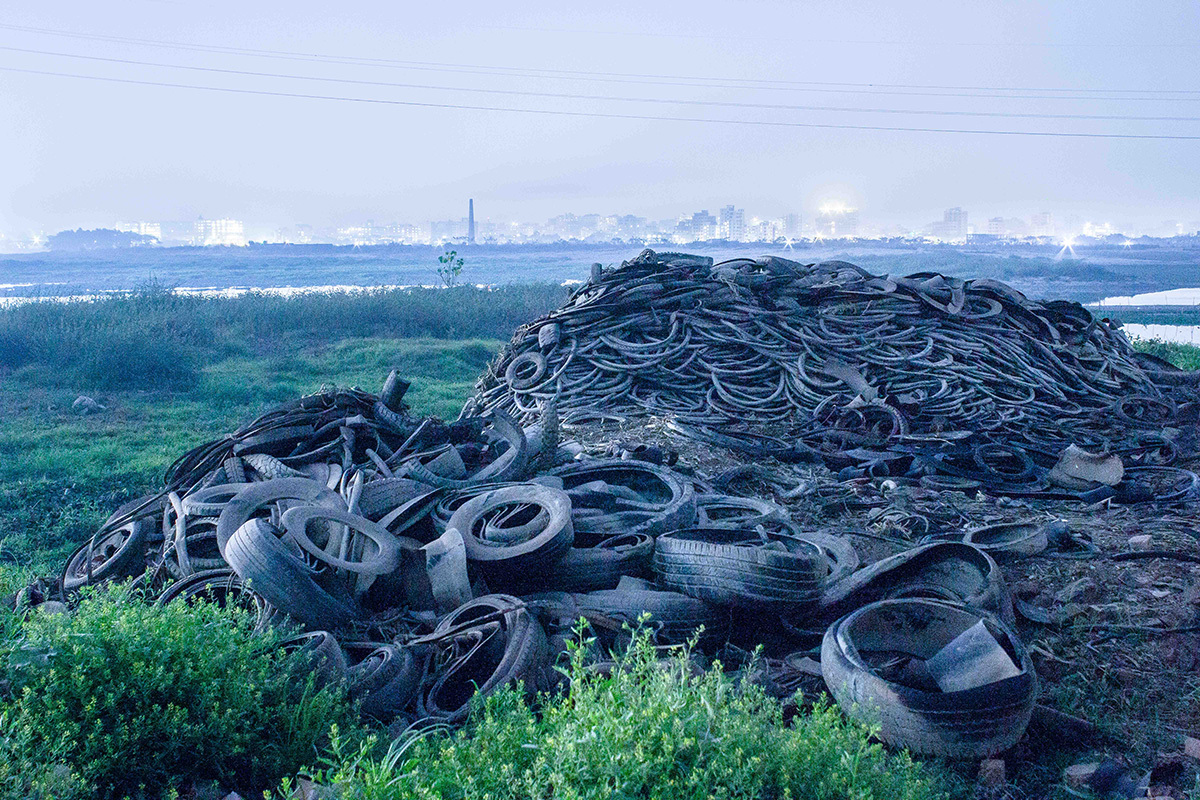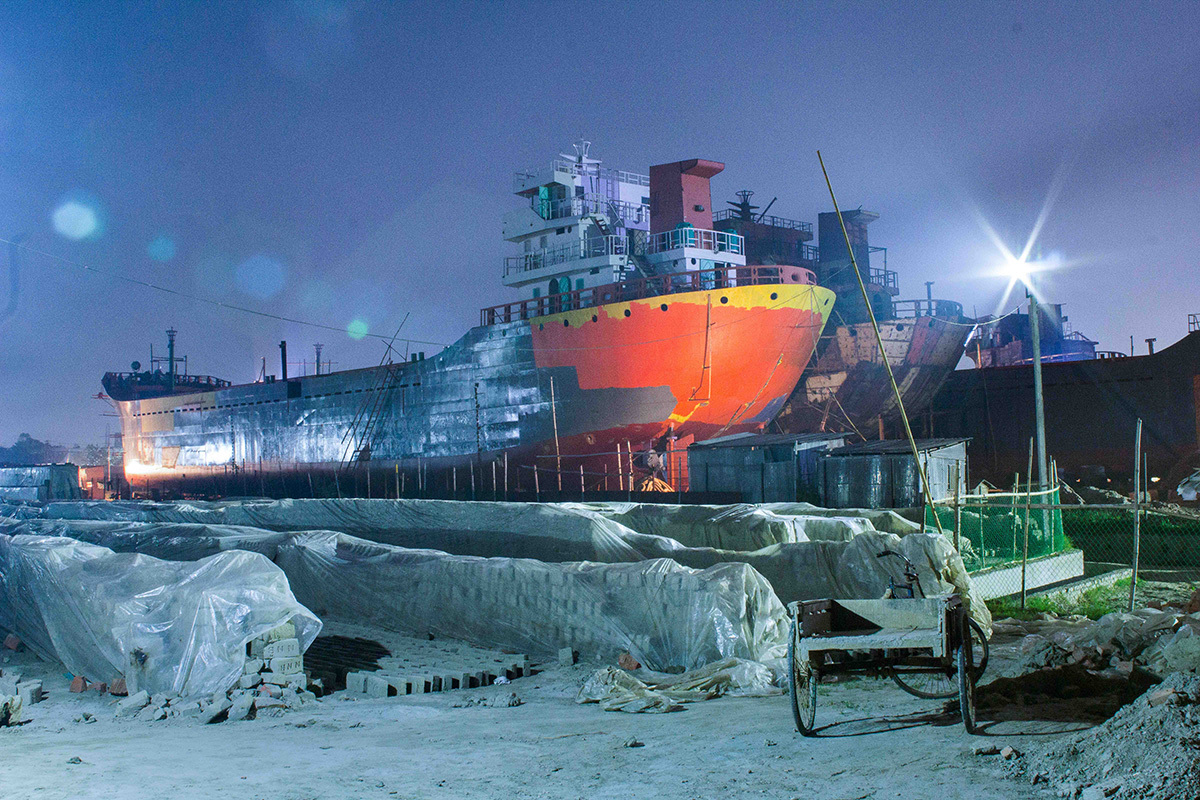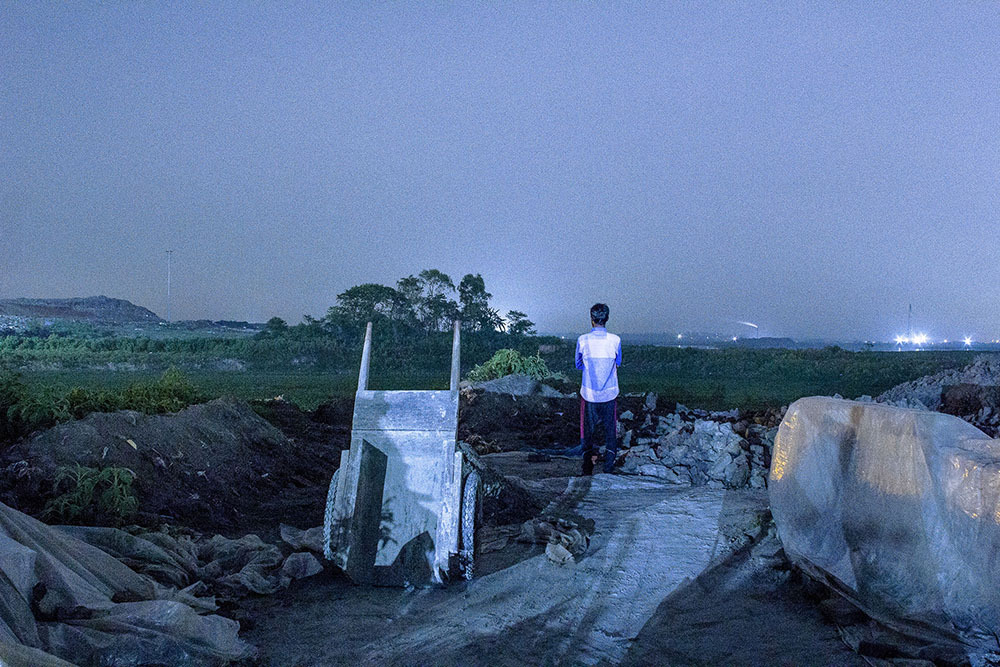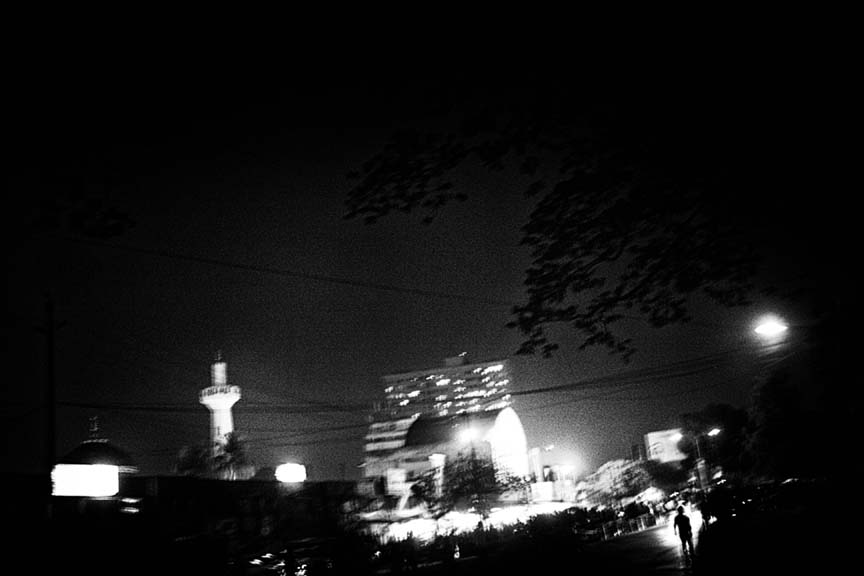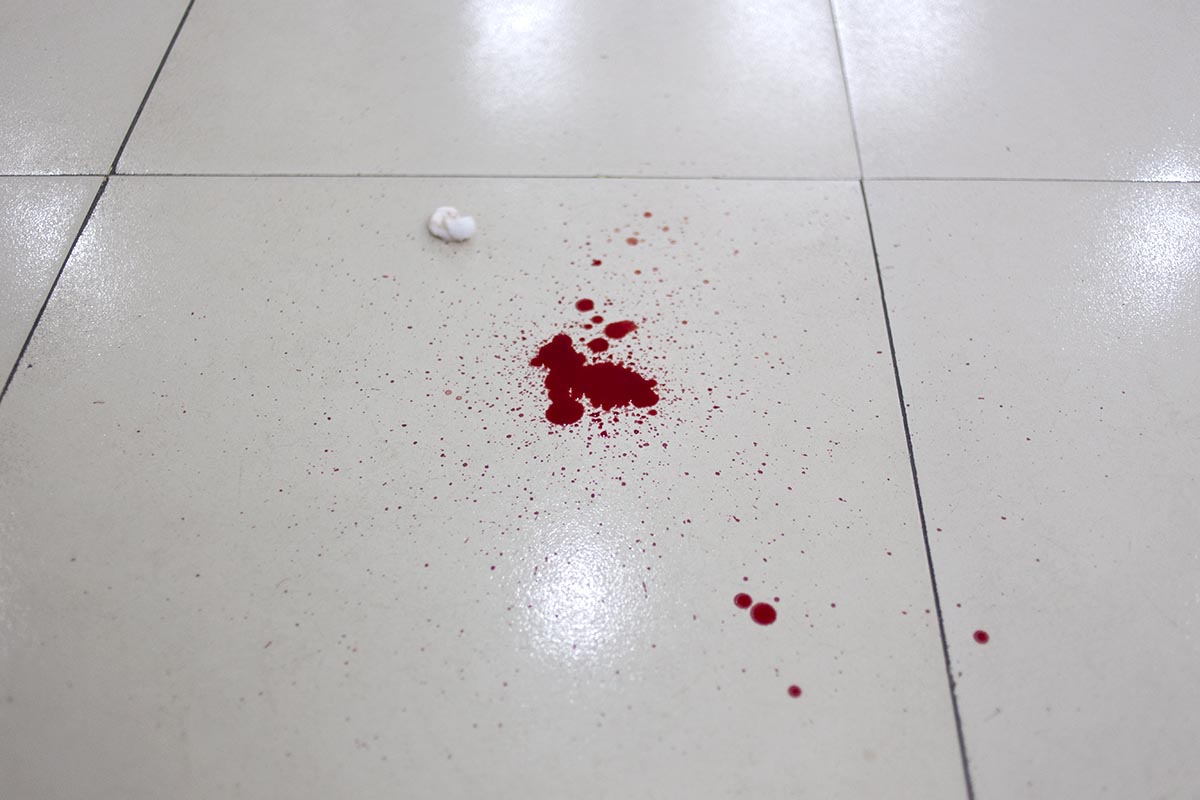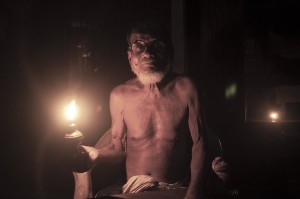Ahmed Rasel
Biography:
Ahmed Rasel (b.1988, Barishal) is a visual artist. He completed his Master’s degree in Bengali Literature from the University of Dhaka with the dream of becoming a poet and soon realized that photography could better express the poetic attitude he has developed on and around life which he thought was his forte. Rasel’s quest for poeticism, or inner vision, led him to the realm of the visual. He ended up earning a formal diploma in photography from Counter Foto, a Centre for visual arts. He is also working as an adjunct faculty member at the same institution. Rasel’s works attempt to present contemporary social, political, and environmental issues entwined with his personal experiences.
Practice
Ahmed Rasel prefers to blend photography with poetic vision and an acute social-political awareness about space/habitat in my practice. In his work, environmental issues represent a set of evolving perspectives on the complex, messy history of distressed urbanization in Bangladesh. Collective memories, climate change, urban and rural spaces that are regularly showing signs of change and even decay, and other key social concerns such as family bonding, and human relations are some of the crucial motifs that recur in my works. He believes every story is a part of world history, and every human being is a historical element. As a photographer, he sees the present world as part of the continuation of intimate human history, which some may refer to as warm data as against cold data. Through his visual practice, he is preserving the local culture and history of Bangladesh, creating a future archive for the next generation.
Exhibitions, Awards, and Publications
Several of Ahmed Rasel’s projects have been exhibited internationally in photo festivals and biennales including the Dhaka Art Summit in 2023 & 2018, the Chennai Photo Biennale 2021, and the Kolkata International Photo Festival in 2019, and Serendipity Art Festival among others. He was one of the finalists of the Samdani Art Award 2018 and one of the participants of the Young Subcontinent Project of Serendipity Arts Festival in 2017. Exhibited in ‘Just Another Photo Festival’ in New Delhi, India in 2017 and 2018. He was one of the finalists of the Stitching Screens grant by the Foundation of Indian Contemporary Art and Samdani Art Foundation in 2020.
Tate Modern listed Ahmed Rasel as one of the best ten artists of Dhaka Art Summit 2018. His work has been published in many local and international platforms including Maps of Disquiet, a two-part print publication of CPB Edition III for Delhi Art Fair 2022, ASAP Connect, Photographs published in Trouw, Private Magazine, F-stop magazine, Clove mag, The Daily Independent, The New Age among others.
Nocturne - Synopsis
Everywhere in Bangladesh, one can see them. The long chimneys along the rivers, in the countryside, surrounding the cities, puffing grey smoke. Especially surrounding the big cities. The workers with low wages and without any dignity make millions of bricks.
As the environment is concerned Bangladesh has to pay the price with its more than 160 million populace. Bangladesh is on high economic growth and witnessing rapid urbanization. There is a huge demand for housing where brick is a raw material, which has led brick making, a 150 age-old tradition, has been thriving in recent times.
Bangladesh's government reported the rise of brick kilns from 4,985 to 7,900. The environmentalists claim a much higher number estimated at around 10,000 than what the government quoted. Dhaka’s air pollution is the worst in the world. The local newspaper Daily Star reported, ‘‘Brick kilns were identified as the single largest source of air pollution in Dhaka city, with 50 percent of the total pollution coming from them." Around 2,087 of the brick kilns are in operation around the city. However, environmentalists claim the number is around 5000 located in and around Dhaka.
Most of the brick kilns are on agricultural land without environmental clearance damaging farm productivity and using coal and old tires as fuel. It spews poisonous and contaminated vapor of suspended particulate matter of carbon particles and other chemicals—extremely health-hazardous and damaging to the environment. Also, a notable percentage of the country's wood is used for burning bricks every year causes deforestation impacting environmental and ecological balance.
